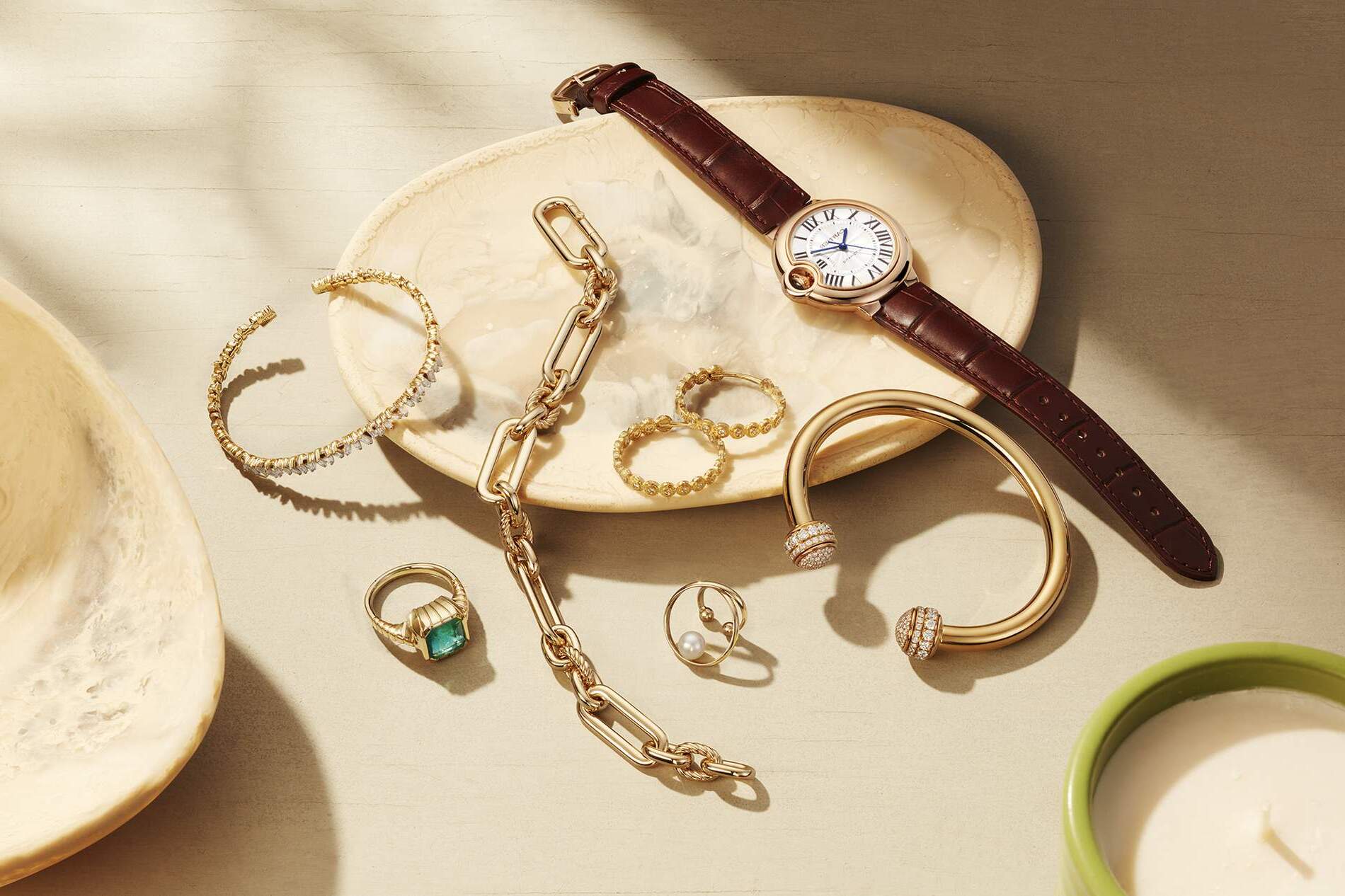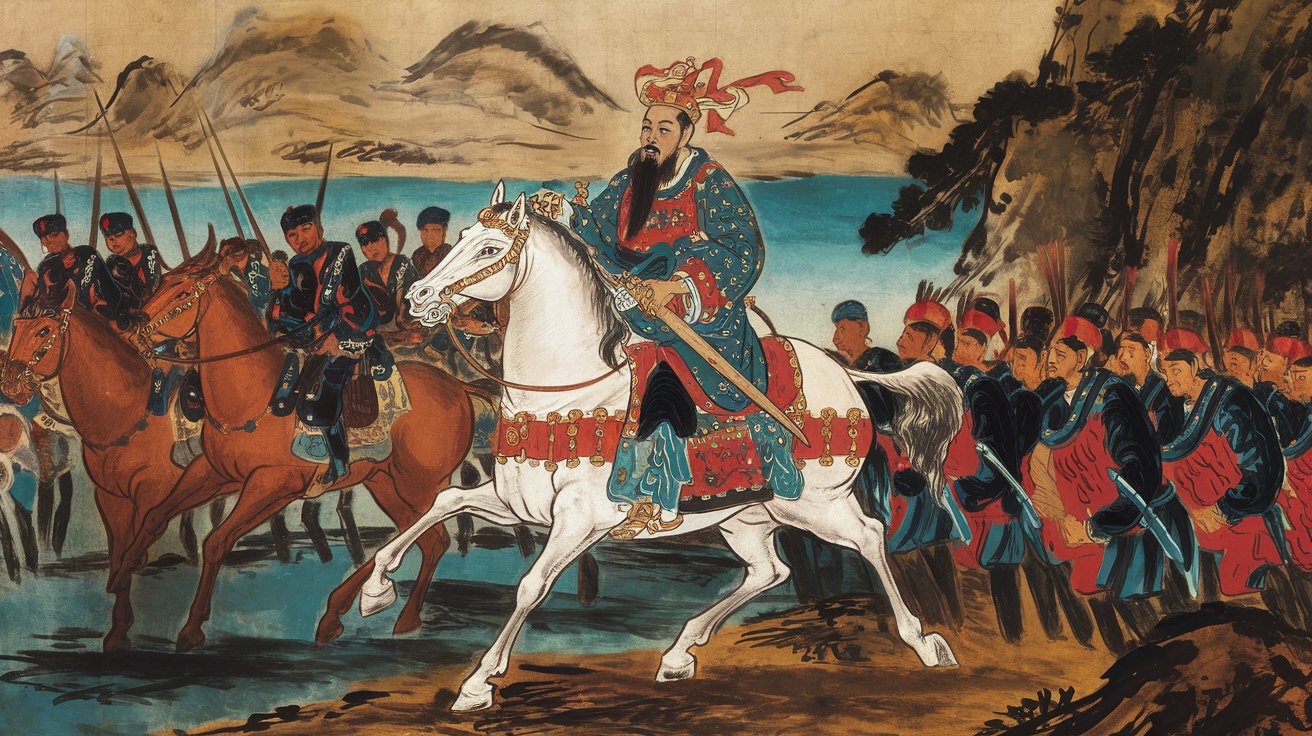
Jewelry has been a part of human culture for thousands of years, serving as symbols of status, love, and even protection. From ancient Egyptian amulets to modern diamond rings, these adornments tell stories of civilizations, traditions, and personal milestones. Did you know that the oldest known piece of jewelry dates back over 100,000 years? Or that pearls are the only gems created by living creatures? Whether you're fascinated by the glitter of gold, the allure of gemstones, or the craftsmanship behind each piece, there's always something new to learn. Let's dive into 35 intriguing facts about jewelry that will sparkle your curiosity and enrich your appreciation for these timeless treasures.
Key Takeaways:
- Jewelry has been a part of human culture for thousands of years, with ancient origins dating back over 100,000 years. It holds deep cultural significance and reflects changes in fashion and technology.
- From ancient Egypt to modern trends, jewelry has evolved with the use of materials like gold, diamonds, and pearls. Famous pieces like the Hope Diamond and modern trends like sustainable and personalized jewelry continue to captivate and inspire.
Ancient Origins of Jewelry
Jewelry has been a part of human culture for thousands of years. Let's dive into some fascinating facts about its ancient origins.
- The oldest known jewelry dates back over 100,000 years. Early humans used shells and bones to create adornments.
- Ancient Egyptians were among the first to use gold in jewelry. They believed gold was the flesh of the gods.
- The Greeks and Romans used jewelry not just for adornment but also as a status symbol. Wealthy citizens flaunted their riches through elaborate pieces.
- In ancient China, jade was highly prized. It symbolized purity and moral integrity.
- The Mesopotamians crafted intricate jewelry using gold, silver, and gemstones. They often buried their dead with these treasures.
Cultural Significance of Jewelry
Jewelry isn't just about beauty; it holds deep cultural significance across the globe.
- In India, jewelry is an essential part of wedding ceremonies. Brides often wear gold and diamond pieces passed down through generations.
- African tribes use jewelry to signify social status, age, and marital status. Beads, shells, and metals are commonly used.
- Native American tribes have a rich tradition of jewelry-making. Turquoise and silver are popular materials.
- In Japan, traditional hairpins called kanzashi are worn during special occasions. These intricate pieces often feature flowers and birds.
- The Vikings wore jewelry made from bronze, silver, and gold. These pieces often depicted animals and Norse mythology.
Materials Used in Jewelry
The materials used in jewelry-making have evolved over time, reflecting changes in technology and culture.
- Gold is one of the most popular materials for jewelry. Its malleability and resistance to tarnish make it ideal for crafting.
- Diamonds are a girl's best friend. These precious stones are formed under extreme pressure and heat over billions of years.
- Pearls are unique because they come from living organisms. Oysters produce pearls as a defense mechanism against irritants.
- Platinum is a rare and durable metal. It's often used in high-end jewelry due to its strength and luster.
- Silver has been used in jewelry for centuries. It's more affordable than gold and has a bright, shiny appearance.
Famous Jewelry Pieces
Some jewelry pieces have become famous due to their history, beauty, or the people who wore them.
- The Hope Diamond is one of the most famous diamonds in the world. It's known for its striking blue color and supposed curse.
- The Crown Jewels of the United Kingdom include some of the most valuable and historic pieces of jewelry. They are kept in the Tower of London.
- The Tiffany Diamond is a stunning yellow diamond. It has been worn by only a few women, including Audrey Hepburn.
- The Cartier Love Bracelet is a modern icon. Designed in the 1970s, it's known for its screw motif and romantic symbolism.
- The Heart of the Ocean necklace from the movie Titanic became an instant sensation. While fictional, it was inspired by the real-life Hope Diamond.
Modern Trends in Jewelry
Jewelry trends continue to evolve, reflecting changes in fashion and technology.
- Sustainable jewelry is becoming increasingly popular. Consumers are seeking pieces made from recycled materials and ethically sourced gemstones.
- Personalized jewelry allows individuals to express their unique style. Custom engravings and birthstones are common features.
- Minimalist jewelry is a growing trend. Simple, elegant pieces are favored for their versatility and timeless appeal.
- Tech-infused jewelry, like smart rings and bracelets, combines fashion with functionality. These pieces can track fitness, notifications, and more.
- Statement earrings are making a comeback. Bold, oversized designs are perfect for making a fashion statement.
Fun Facts About Jewelry
Jewelry has some quirky and fun facts that might surprise you.
- The word "jewelry" comes from the Old French word "jouel," meaning plaything.
- In ancient Rome, only freeborn women were allowed to wear gold rings.
- The largest diamond ever found is the Cullinan Diamond. It weighed a staggering 3,106 carats before being cut.
- Amber is fossilized tree resin. It's often used in jewelry and can contain preserved insects and plants.
- The tradition of giving engagement rings dates back to ancient Rome. The ring symbolized a binding agreement.
Jewelry in Pop Culture
Jewelry often plays a significant role in movies, music, and celebrity culture.
- Marilyn Monroe famously sang "Diamonds Are a Girl's Best Friend" in the movie Gentlemen Prefer Blondes.
- The One Ring from The Lord of the Rings is one of the most iconic pieces of fictional jewelry.
- Rap and hip-hop culture have popularized "bling," extravagant jewelry that symbolizes wealth and success.
- Elizabeth Taylor had one of the most famous jewelry collections. Her pieces included the 33-carat Krupp Diamond.
- The "Black Orlov" diamond is said to be cursed. Its owners have reportedly faced tragic fates.
The Sparkling World of Jewelry
Jewelry has always fascinated people. From ancient times to now, it’s been a symbol of status, love, and personal expression. Whether it’s a simple gold band or an intricate diamond necklace, each piece tells a story. The materials used, like gold, silver, and gemstones, have unique properties and histories. Jewelry also reflects cultural traditions and technological advancements. For instance, ancient Egyptians used gold and lapis lazuli, while modern jewelers might use lab-grown diamonds. Understanding these facts can deepen your appreciation for the jewelry you wear or admire. Next time you see a stunning piece, remember the rich history and craftsmanship behind it. Jewelry isn’t just about beauty; it’s a connection to our past and a testament to human creativity. So, keep exploring and enjoying the dazzling world of jewelry!
Frequently Asked Questions
Was this page helpful?
Our commitment to delivering trustworthy and engaging content is at the heart of what we do. Each fact on our site is contributed by real users like you, bringing a wealth of diverse insights and information. To ensure the highest standards of accuracy and reliability, our dedicated editors meticulously review each submission. This process guarantees that the facts we share are not only fascinating but also credible. Trust in our commitment to quality and authenticity as you explore and learn with us.


